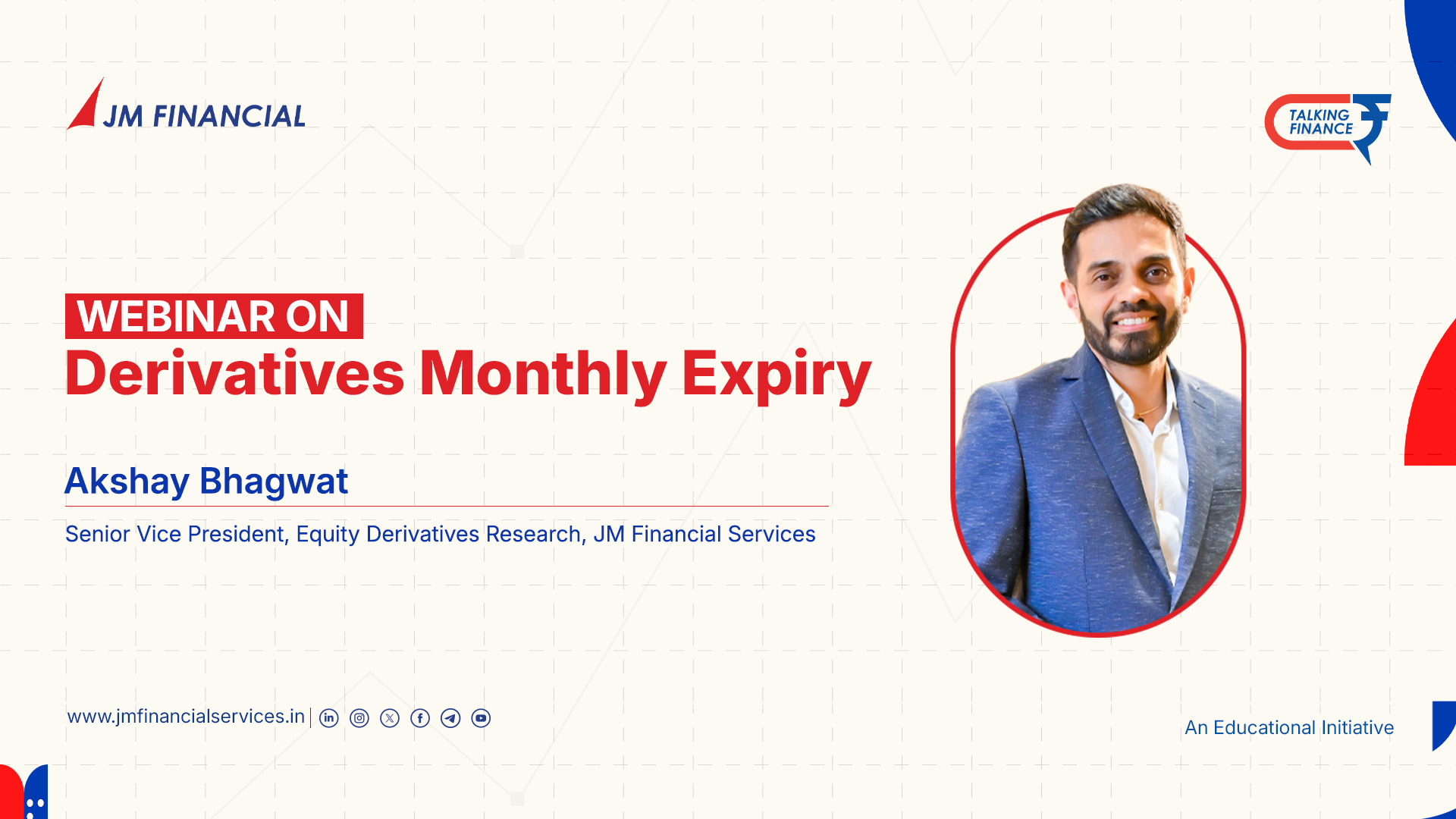What is Bid Price & Ask Price ?
If you've ever peeked at a stock quote and puzzled over the numbers, you might have noticed two key prices: bid and ask. These two figures silently shape every trade, from shares to commodities. Let’s break them down in simple English, so you never get tripped up by market jargon again.
Bid Price: The Buyer's Offer
The bid price is the highest amount a buyer is willing to pay for an asset—be it stocks, currencies, or even artwork. Think of it like making an offer at a flea market: if you spot an item, the price you shout out is your bid. In financial markets, a bid means “I’ll buy this at Rs.100!” If you’re selling, this is the price you’ll get.
Ask Price: The Seller’s Minimum
Flip the coin, and we get the ask price (sometimes called ‘offer’). This is the lowest price a seller is willing to accept to part with their asset. It’s like saying “I won’t sell for less than Rs.105!” If you’re a buyer, the ask price is what you’ll pay to own the asset.
Bid-Ask Spread: The “Gap” That Matters
The space between these two prices? That’s the bid-ask spread. It matters more than you think:
- Narrow spread: Lots of buyers and sellers, making trading easy (think liquid markets like blue-chip stocks)
- Wide spread: Fewer trades, trickier to buy or sell without a price jump (think rare collectibles or some small stocks)
Example: How It Works in Real Life
Let’s say the bid price for XYZ stock is Rs.50, and the ask price is Rs.51. If you want to sell, you’ll get Rs.50; if you want to buy, you’ll have to shell out Rs.51. The one rupee between them is the spread—often absorbed by brokers or market makers as their fee for facilitating trades.
Importance of Bid & Ask Price :-
- Costs: Every trade happens at the market bid/ask, not the last traded price. New investors often miss this “hidden” cost.
- Liquidity gauge: A tighter spread means it’s easier to buy and sell quickly.
- Market health: Sudden changes in the spread can signal bigger moves or changing market sentiment.
Bottom Line :-
Understanding bid and ask prices isn’t just for professional traders. It’s the foundation of smart investing, making sure you always know what you’ll get or pay before hitting that “buy” or “sell” button.
FAQs
Q1: What is the difference between bid price and ask price?
The bid price is what buyers are willing to pay; ask price is what sellers want to get. The difference is the spread.
Q2: Why is the bid price lower than the ask price?
There’s always a gap because sellers hope to get more, while buyers aim to pay less. Market makers profit from this spread.
Q3: How does the bid-ask spread affect trading?
A small (narrow) spread means high liquidity and lower trading costs. A wide spread may make trades more expensive and harder to execute.
Q4: Where can I see the bid and ask prices?
You’ll find them in real-time trading platforms, stock quotes, or broker websites, usually next to each asset’s price.
Q5: Can bid and ask prices change?
Yes—market forces, trading volumes, and investor sentiment can cause these prices to shift quickly throughout the day.
- PAN Card
- Cancelled Cheque
- Latest 6 month Bank Statement (Only for Derivatives Trading)





